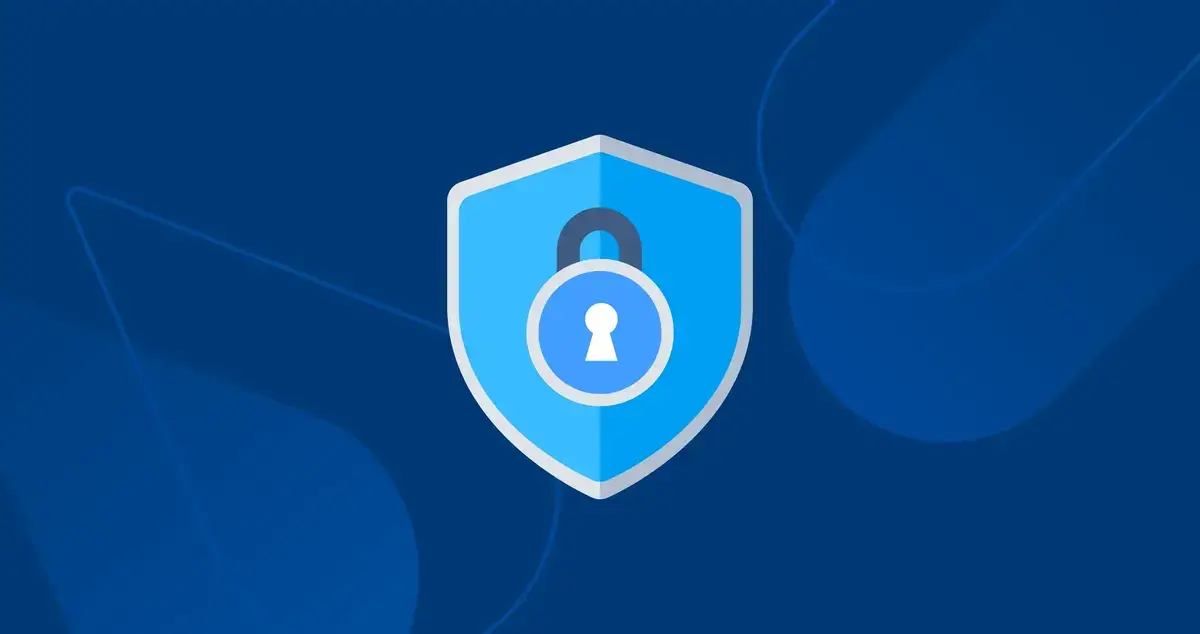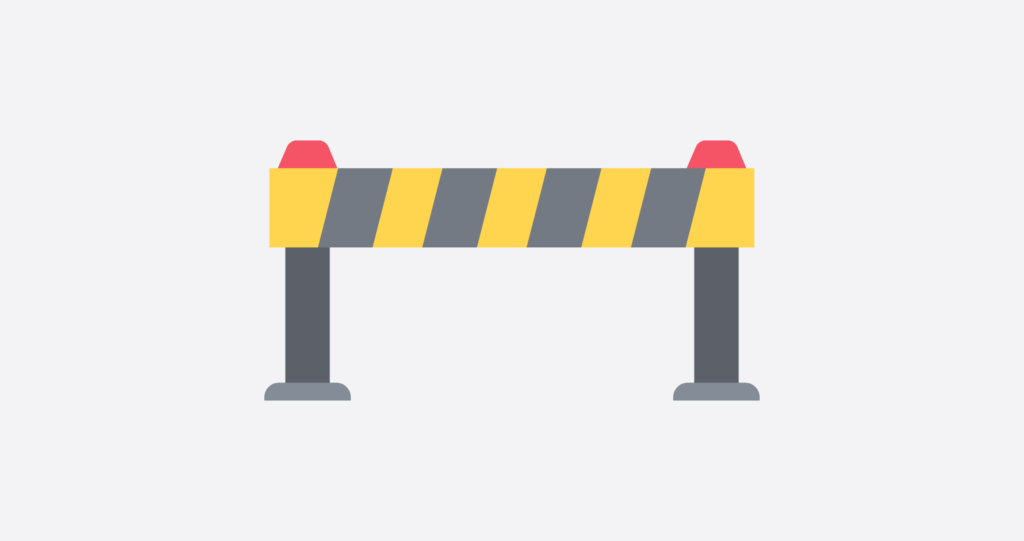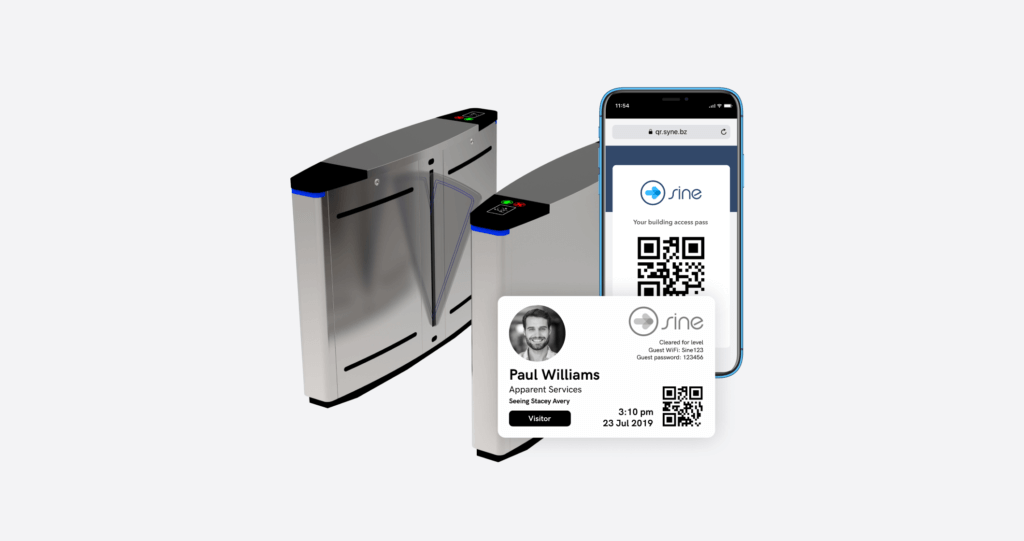
Organizations across the globe face a plethora of physical security threats that are becoming increasingly difficult to deter. This makes it more important than ever to protect business assets, confidential documents, employee data, and client files against compliance breaches.
However, the challenge is that physical security is often a second thought for businesses and organizations. Ironically, many are more concerned about information security. And since physical security is mostly governed by technical and administrative elements, it is ignored and overlooked in favor of technology-oriented measures to avert hacking attacks.
Physical security is crucial, as all other measures are rendered ineffective if attackers gain physical access to your environment.
That's why organisations need to give equal consideration to physical safety of devices, as they are about the information held within this equipment. This mandates the implementation of a physical security program that balances security measures and safety concerns.
If you are wondering what is physical security, we have the answer – Sine has compiled an all-in-one guide to help you understand. We'll cover the protection it entails and how you can use it to fortify your business against physical threats.
Before we go in-depth on physical security though, let’s start with a look at the overall security environment that organizations operate within.
Organizational and operational security falls under three primary areas, these are:
Management security refers to the design of a company's security controls, where office managers provide the guidance needed to implement a robust security environment.
Operational security comprises user authentication, access control, and security topologies once the organizational network is installed.
Physical security is the protection and safeguard of company personnel, data, and hardware from physical threats that could damage or disrupt business operations. Consequently, these physical threats could also compromise the integrity of operational systems and data.
Physical security measures secure access to company facilities, equipment, and resources, keeping unauthorized personnel away. It also refers to the protection of property and personnel from threats such as theft, property or physical damage, and even environmental threats.
Physical security measures include three different types of security controls: deterrent measures, detective measures, and protective measures. On their own, these security controls lack the means to provide a complete solution. That said, when used in conjunction – they enable a business to cement a stronger footing in their physical security:
Deterrent security controls aim to discourage people that might violate company security.
Detective measures alert office managers to threats of potential intrusion.
Protective security controls prevent intrusions from taking place.
Here are some systems that help you bolster physical security:
Deterrent security measures aim to fortify physical security using:
Physical barriers like barbed wire, fences, and vehicle barriers serve to prevent (or delay) physical attacks. These also act as psychological deterrents by making intrusions appear as more difficult.

Natural surveillance refers to security controls that include the placement of windows as well as open areas with clear lines of sight.
Parking areas and grounds are prime locations to set up a clear line of sight for security personnel to reduce any hideout places for those attempting to breach security.
Security lighting inside and outside a facility should be enough to illuminate high-risk areas, especially alleys, parking areas, and outbuildings.
Intrusion detection monitors personnel entering, and exiting company premises and issues alerts when suspicious activity occurs. intrusion detection systems include:
Alarm systems work great to alert response teams to intrusions and signal an immediate response.
Consequently, additional sensors on points of entry, such as doors and windows, can strengthen your security controls and boost your physical security measures.
Well-placed video surveillance cameras can give security teams a good view of personnel entering and exiting the premises of the facility. Cameras and motion sensors can be used to detect motion and trigger e-mail/text notifications.
Access control provides authorized personnel with quick, convenient admission to company facilities while barring unauthorized people from entry. Security systems include:
A range of existing mechanical systems for access control can be used to restrict unauthorised access. In addition, they can be integrated with other business systems, such as visitor, contractor or staff management. These systems can provide even greater protection against breaches when integrated with a platform like Sine.
Gallagher is an integrated site access control and protection system that uses QR codes to verify access. Company personnel and visitors scan to gain access onsite, using personalized QR codes issued by Sine.
Honeywell is another access control system that allows you to provide personnel and visitors with access credentials before they arrive onsite. They use these credentials to check-in.
You can also issue customized QR codes to visitors that they can scan at Honeywell scanners to uphold the physical security of your premises.
Integrated with Honeywell and Gallagher, reception staff can use the Sine dashboard to customize notifications for each visitor – thus adding another layer of security to the site.
Sine provides credentials as well as integration with physical barriers to aid office managers. This ensures people can not access areas they are not authorized for. Further, the reporting from such systems provides a crucial audit trail of movements in and out of a facility. This can be the key to tracing breaches or even identifying an upcoming attempt to breach physical security.

With Sine's access control, security personnel can deactivate QR codes after a specific period as well as on check-out, so physical security controls are always relevant and up-to-date.
Sine can integrate seamlessly with physical security systems to enable visitors, contractors, and staff access to your management systems.
Our physical security specialists routinely work with organizations across the globe to streamline the security and safety of workplaces and meet industry compliance requirements.